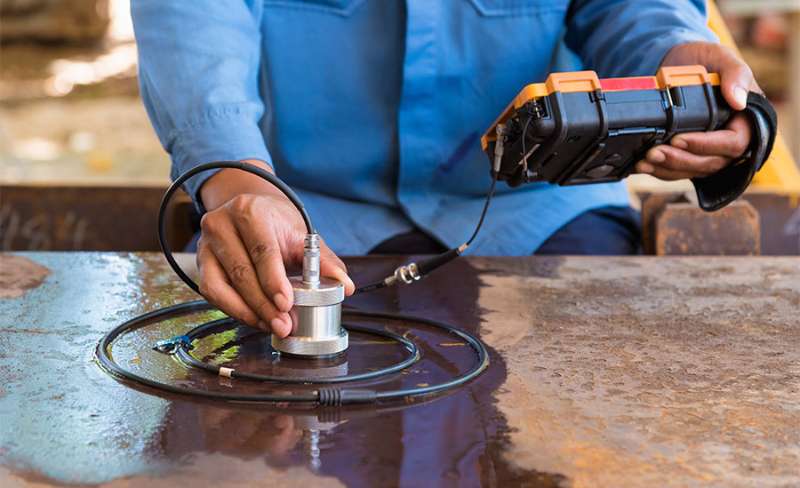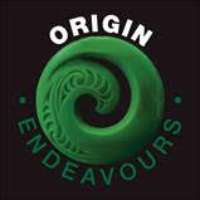The field of Nondestructive Testing (NDT) continues to grow in importance. This is largely due to the need for manufacturers to ensure quality control while keeping costs low. In other words, businesses must find a way to reduce the number of defective parts produced by testing finished products rather than inspecting raw materials.
Test failures are costly, especially when they result from undetected flaws that lead to damaged parts, failed machinery or scrapped batches. Non destructive testing (NDT) is an inspection technique that detects characteristics without damaging the test object. It’s a cost-effective way of inspecting metallic and non-metallic surfaces, volumes and components without altering their original properties. For example, during a non destructive test, we cannot change the size, shape or surface finish of an object in any way.
What Non Destructive Testing Can Find?
While each test has its own strengths and weaknesses, Non destructive testing can detect the following flaws:
3 Most Common Forms Of Non Destructive Testing
Magnetic Particle Inspection
This method uses a magnetic field to reveal surface and subsurface flaws. It’s the best non destructive test for finding corrosion, pitting, inclusions and other defects that can’t be seen with the naked eye. It can also find cracks in ferrous and nonferrous metals of all types, including stainless steel, nickel alloys and aluminium.
Liquid Penetrant or Dye Penetrant Inspection
This type of non destructive testing is commonly used to detect cracks, voids and other flaws in steel, aluminium, copper and other metals. When you apply the penetrant, it soaks into the surface and penetrates internal flaws. It then turns the surrounding area into a vibrant colour that’s visible to the naked eye. The advantage of this method is that it doesn’t require the part to be removed from service.
Magnetic Particle Susceptibility Test
This type of non-destructive testing verifies the surface condition of ferrous metals and detects the presence of cracks. It’s useful for detecting internal corrosion, which can lead to failure. It’s also used to find areas of high or low distortion in ferrous metals, which can affect the part’s contouring and tolerance.
Benefits Of Non Destructive Testing
Known Limitations of Non Destructive Testing
Original Article: How We Can Help You Maximise Quality Through Non Destructive Testing



































